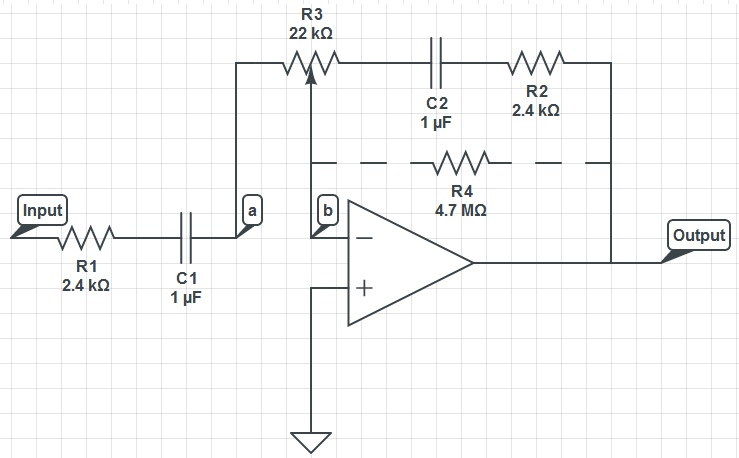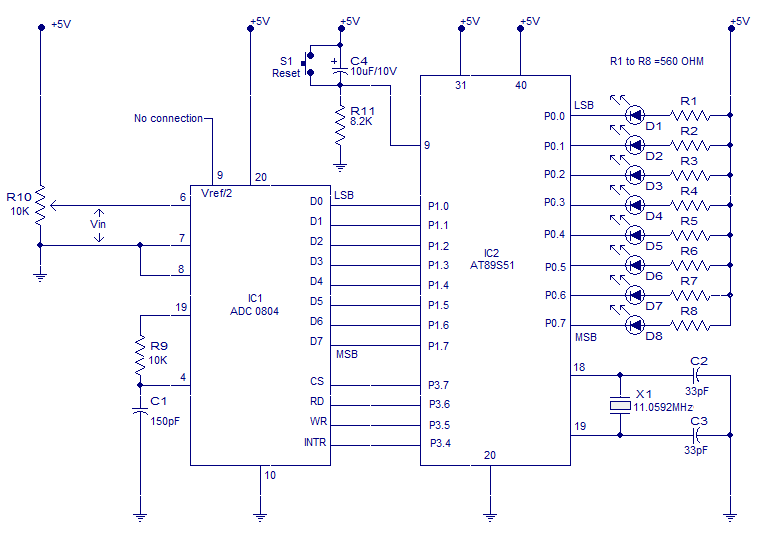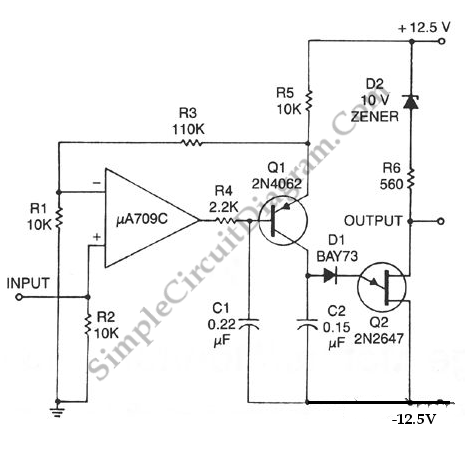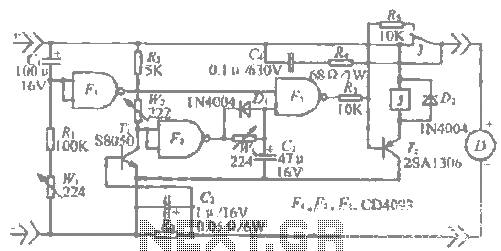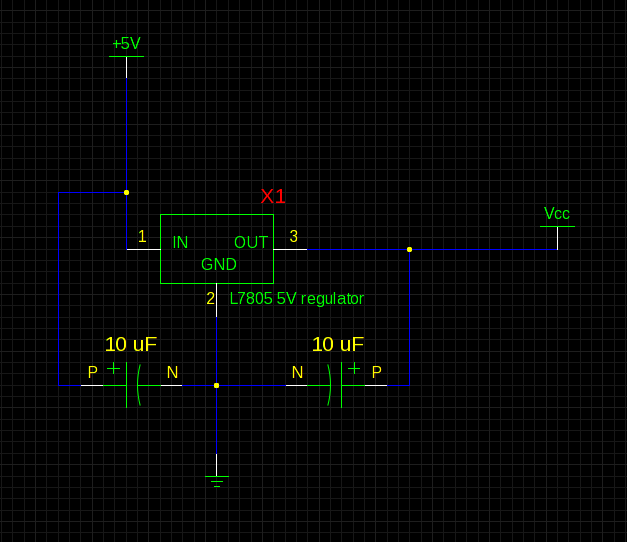
LM5020 High Voltage - Speed PWM Controller
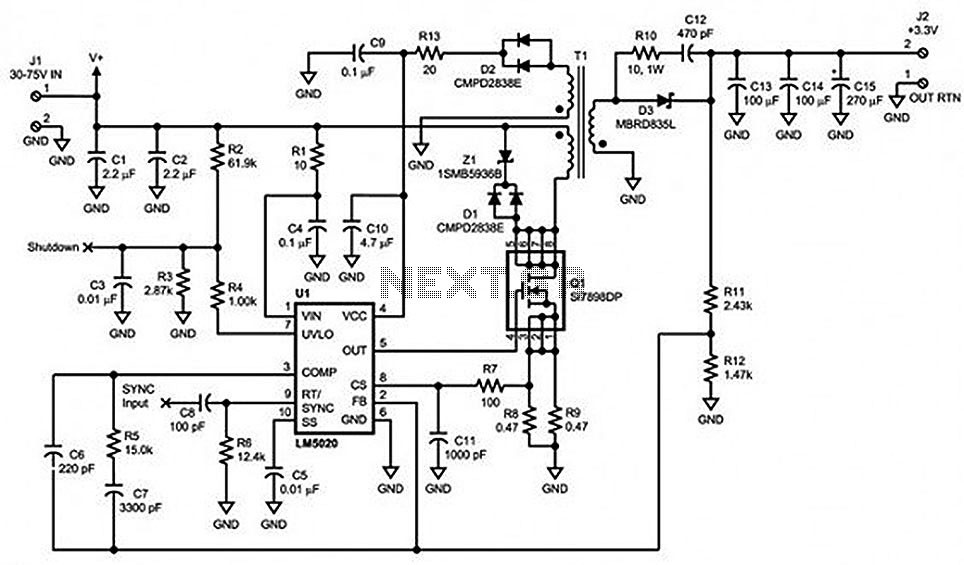
Locate sections such as the LM5020 connection diagram and pin descriptions, the functional block diagram of the device, the line under voltage lockout (UVLO) circuit, an internal high-gain error amplifier, a cycle-by-cycle overcurrent protection function, the setting of the LM5020 oscillator frequency, and the duty cycle limit options for the LM5020.
The LM5020 is a versatile integrated circuit designed for use in power supply applications. It incorporates various features that enhance its performance and reliability.
The connection diagram of the LM5020 illustrates how the device interfaces with other components in a power supply circuit. It typically includes input and output pins, control pins for enabling or disabling the device, and feedback pins for voltage regulation. Understanding the pin descriptions is crucial for proper circuit design, as each pin has a specific function that contributes to the overall operation of the device.
The functional block diagram provides a high-level view of the internal architecture of the LM5020. It shows the arrangement of key components such as the internal high-gain error amplifier, which is responsible for maintaining output voltage stability by comparing the feedback voltage to a reference voltage. The error amplifier adjusts the duty cycle of the switching transistor to regulate the output voltage effectively.
The line under voltage lockout (UVLO) circuit is a protective feature that prevents the LM5020 from operating under low input voltage conditions, which could lead to unstable performance or damage. This circuit monitors the input voltage and disables the device if it falls below a predetermined threshold, ensuring safe operation.
The cycle-by-cycle overcurrent protection function is another critical feature of the LM5020. This mechanism detects overcurrent conditions in real-time and limits the output current by adjusting the duty cycle of the switching signal. This protection helps prevent overheating and damage to the power supply and connected components.
The oscillator frequency of the LM5020 is adjustable, allowing designers to optimize the switching frequency for their specific application. This flexibility can improve efficiency, reduce electromagnetic interference (EMI), and enhance overall performance.
Lastly, the duty cycle limit options provide additional control over the maximum duty cycle of the switching signal. This feature is essential for ensuring that the power supply operates within safe limits, particularly in applications where load conditions may vary significantly.
In summary, the LM5020 integrates multiple functionalities that make it suitable for various power supply designs, with essential features such as voltage regulation, protection mechanisms, and frequency adjustment capabilities. Understanding these elements is crucial for effective implementation in electronic circuits.find sections such LM5020 Connection Diagram and pin descriptions, the functional block diagram of the device, line Under Voltage Lock Out (UVLO) circuit, an internal high gain error amplifier, a cycle-by-cycle over current protection function, sets the LM5020 oscillator frequency, and The LM5020 duty cycle limit options 🔗 External reference
The LM5020 is a versatile integrated circuit designed for use in power supply applications. It incorporates various features that enhance its performance and reliability.
The connection diagram of the LM5020 illustrates how the device interfaces with other components in a power supply circuit. It typically includes input and output pins, control pins for enabling or disabling the device, and feedback pins for voltage regulation. Understanding the pin descriptions is crucial for proper circuit design, as each pin has a specific function that contributes to the overall operation of the device.
The functional block diagram provides a high-level view of the internal architecture of the LM5020. It shows the arrangement of key components such as the internal high-gain error amplifier, which is responsible for maintaining output voltage stability by comparing the feedback voltage to a reference voltage. The error amplifier adjusts the duty cycle of the switching transistor to regulate the output voltage effectively.
The line under voltage lockout (UVLO) circuit is a protective feature that prevents the LM5020 from operating under low input voltage conditions, which could lead to unstable performance or damage. This circuit monitors the input voltage and disables the device if it falls below a predetermined threshold, ensuring safe operation.
The cycle-by-cycle overcurrent protection function is another critical feature of the LM5020. This mechanism detects overcurrent conditions in real-time and limits the output current by adjusting the duty cycle of the switching signal. This protection helps prevent overheating and damage to the power supply and connected components.
The oscillator frequency of the LM5020 is adjustable, allowing designers to optimize the switching frequency for their specific application. This flexibility can improve efficiency, reduce electromagnetic interference (EMI), and enhance overall performance.
Lastly, the duty cycle limit options provide additional control over the maximum duty cycle of the switching signal. This feature is essential for ensuring that the power supply operates within safe limits, particularly in applications where load conditions may vary significantly.
In summary, the LM5020 integrates multiple functionalities that make it suitable for various power supply designs, with essential features such as voltage regulation, protection mechanisms, and frequency adjustment capabilities. Understanding these elements is crucial for effective implementation in electronic circuits.find sections such LM5020 Connection Diagram and pin descriptions, the functional block diagram of the device, line Under Voltage Lock Out (UVLO) circuit, an internal high gain error amplifier, a cycle-by-cycle over current protection function, sets the LM5020 oscillator frequency, and The LM5020 duty cycle limit options 🔗 External reference
